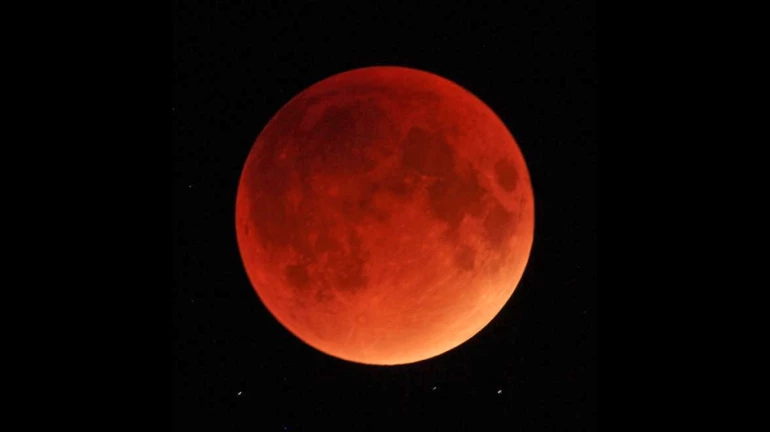
May 26 is going to be a special day in the world of astronomy with the year’s first lunar eclipse taking place.
Interestingly, this will also be the day when parts of the world will witness a Supermoon as well as a Blood-red moon, making this a pretty exciting day for stargazers.
What is a Supermoon?
Scientists define Supermoon as a situation in which a full or new moon coincides with its closest approach to the Earth. When the full moon approaches the closest point on the orbit (also known as perigee), it tends to appear brighter and slightly larger than the regular full moon, thus explaining the name Supermoon.
Though it is hard to distinguish between the normal moon and Supermoon, side-by-side comparisons give a better understanding of the size difference.
What is a Blood-red Moon?
Even when the moon is fully covered by Earth’s shadow, it doesn’t go fully black and can bear a red colour at times, which is why some total lunar eclipses are also known as Blood-red moon or blood moon.
https://twitter.com/NASASolarSystem/status/1396897340540157954
This odd colouration is due to a process known as Rayleigh scattering wherein the gas particles that make up the Earth’s atmosphere allow red wavelengths of light to pass through while they are likely to scatter blue wavelengths.
During a lunar eclipse, the red light passes through the Earth’s atmosphere and is refracted onto the Moon, thus giving it the colour.
What is a lunar eclipse?
This is a phenomenon wherein the earth is positioned between the Sun and the Moon, thus blocking the sun rays from reaching the moon. May 26 will be witness to a total lunar eclipse which is when the Sun and the Moon are completely blocked by Earth.
Where can you watch Lunar Eclipse in India?
The India Meteorological Department (IMD) clarified that the eclipse will not be seen from all over India adding that some portions of the northeast, excluding Sikkim, will experience a partial lunar eclipse just before moonrise. Some parts of West Bengal, the coastal regions of Odisha and the Andaman and Nicobar Islands will partially witness the eclipse, the IMD added.
In Kolkata, the partial lunar eclipse will start by 3:15 PM and finish by 6:22 PM. The timing for the total lunar eclipse in India would be 2:17 PM to 7:19 PM for those observing ‘Chandra Grahan’.
Also read - Mumbaikars Can Now See The Moon Up Close





